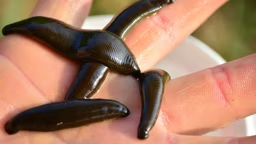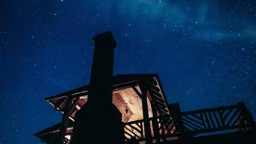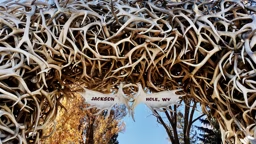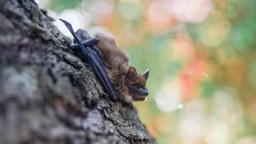As the Homer Lake, Minn., pack split the night air with its long and swooning howls, my hair stood on end and I grinned in disbelief at my wife. Yes! We were finally HEARING them! I had waited for years to hear wolves in the wild, and now they were filling our ears with the melody of wilderness. Adrenaline faded as the wolves grew silent, and now the chill night air felt a little bit cold. We put another log on the fire and stared up at the stars hoping for an encore that just didn’t happen. It was a very nice night.
To many, the howl of the wolf is the pinnacle experience of wilderness. The lone alto or baritone howl of an alpha wolf, the swooning response from a singing pack, and the scrappy, squealing, joyous howls of the pups delight our senses and make us feel that the land is alive and wild.
In June of 2007, I had been frequenting an area in northwest Wisconsin with plenty of wolf signs and secretly hoping for an encounter with them while focusing my lenses on songbirds. On the morning of June 29, my long hours paid off. I spent nearly half an hour, mostly on my belly in the shade of an oak tree with sand in my mouth, watching spellbound as wolf pups trotted up the primitive logging road. I held my breath until they were close enough that I could make a few carefully focused images. Sweat from my forehead combined with sand and insect parts, and I frequently had to wipe my eyes and look around to assess my situation as the action unfurled around me.
When the pups were just 15–20 feet away, I waited and held my breath again. They were about to pass into the best photographic light of the morning. As they moved behind me, the sun fully on their coats, I rolled to my back and sat up in the shade of the oak. Startled, the wolves made a hasty exit into the forest as I made my last two exposures of the encounter.
The final image, my favorite, shows the wolf pup trotting with only one foot touching the ground and that northwest Wisconsin sand floating gracefully from a lifting paw. These pups were as large as adult coyotes already, and their long legs and big paws hinted at the 70- to 100-pound animals they would become.
In November of 2008, I was, by chance, reunited with two of the pups near a small river. Their howls were spectacular and swooning, and I was overjoyed to glimpse their healthy, grown forms trotting through the oaks. Sometimes a wolf encounter – even if it lasts just a few seconds – can be the highlight of an entire year.
A calm chorus of birds announced a gently blossoming morning. I had paddled silently along the wild river for nearly 20 minutes when I slipped the canoe to the shore and quietly followed a deer trail to the top of the forested river valley. Ethereal, rolling Hermit Thrush songs soothed, and, all at once, the glistening, tinkling notes of Winter Wren songs enlivened the valley below. Mist had gathered in some places, and a cool chill met with warming summer air. I stopped to take in the stunning sensations.
But a quick snap of a twig turned my attention to a thicket ahead, and, before I could wonder, a deer fawn sprinted out from the tangles and stumbled past me at an exhausted full run. The little deer’s mouth was agape, its chin held low, its tail tumbling behind like the arm of a ragdoll. It missed my shins by a few feet and tumbled out of view. As I stared in disbelief, I was jarred back to attention by a second twig snap.
Imagining the predator in pursuit of this deer to be a heavy bear, I instinctively dropped to one knee and braced for impact. To my delight, an adult wolf entered the clearing in nonchalant pursuit of its fleeing prey. A mere 30 feet away, the wolf detected my crouched form and human scent. Without even a flinch, the 90-pound carnivore calmly doubled back into the thicket at the same graceful, energy-conserving pace. I was overjoyed to have been witness to an age-old drama between predator and prey. I had accidently saved a fawn, but I had also spoiled the breakfast of a wolf.

 Brian M. Collins
Brian M. Collins 










